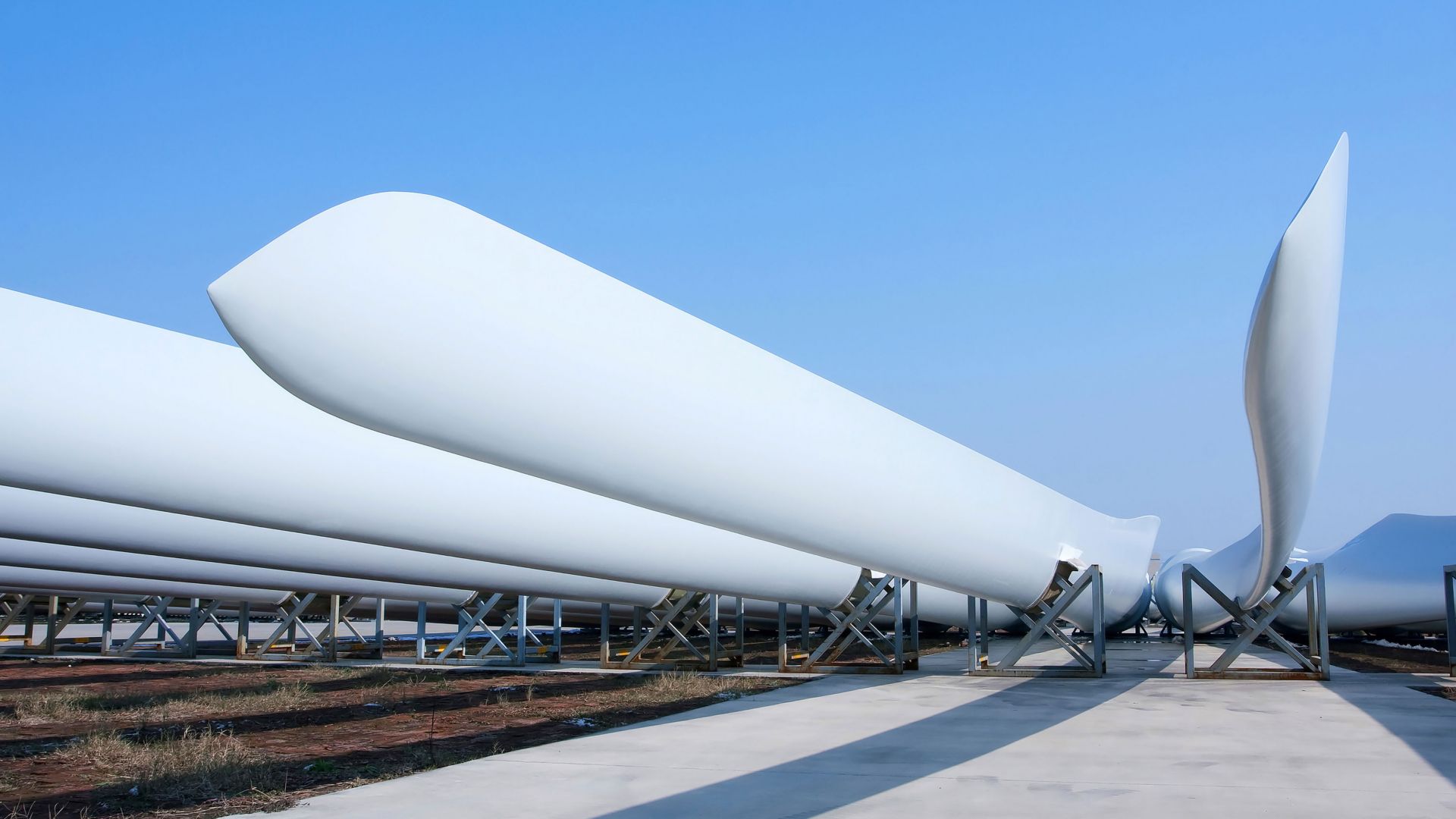The installation of the first gigawatt of offshore wind power in Northern Europe in 2007 marked the beginning of a significant growth in renewable energy generation. Offshore wind now stands at 7% of the total global installed capacity. Projections indicate that this market will continue to expand at a CAGR of 26% by 2030, resulting in offshore wind accounting for approximately 15% of the global installed capacity. In 2021, China emerged as the leading offshore market, and by 2030, the Asia-Pacific region is expected to contribute to 40% of the offshore wind capacity, driven by the anticipated growth in countries like Japan, Taiwan, South Korea, and Vietnam.
Expansion of Offshore Wind Projects
The remarkable growth of offshore wind projects can be attributed to the superior wind conditions at sea. Offshore areas experience stronger and more consistent winds at lower altitudes compared to land, as they are free from natural and man-made obstructions such as mountains, forests, and tall buildings. Consequently, offshore wind farms generate significantly higher energy output. To harness these favorable wind conditions, higher capacity generators are typically utilized, necessitating longer wind blades to propel them.
Whilst increasing the size of wind blades presents a major challenge for onshore projects due to rising hub heights and transportation limitations, offshore projects find this easier to manage. Accessing onshore wind parks with larger blades is often hindered by existing road networks, whereas offshore wind parks can conveniently transport them by ship. To accommodate this growth, generator capacity and rotor diameters have rapidly increased in recent years. Wind blades for offshore use now commonly exceed 100 meters in length.
Sika China Achieves a Milestone in Bonding Wind Turbine Blades
In September 2021, Sika China's Industry team achieved a significant milestone in the manufacturing of offshore wind turbine blades. Collaborating with a prominent Chinese blade manufacturer, they successfully bonded a 102-meter wind turbine blade using SikaPower® epoxy bonding paste. At that time, the S102 blade type became the longest wind blade fully engineered, designed, and constructed in China. These S102 blades will be installed on an 11MW offshore turbine for use in the Chinese offshore market. The selection of SikaPower® SmartCore technology for bonding the main shear-webs, leading, and trailing edge joints was based on its remarkable fatigue performance derived from Sika's unique and highly toughened epoxy formulation. Originally developed for the automotive industry, the patented SikaPower® SmartCore toughening technology enables a substantial increase in toughness without compromising stiffness and load-carrying mechanical properties. SikaPower® two-component epoxy bonding pastes with integrated SmartCore domains exhibit exceptional toughness by retaining extremely high mechanical properties, resulting in the highest level of fatigue performance.
"These extremely long blades demand new types of durable, cost-effective bonding solutions. With one of the best toughened blade bonding pastes on the market, Sika truly delivered for our customer." Jeffrey Chen, National Sales Manager
The S102 wind blades were bonded using SikaPower®-1280, a second-generation blade bonding paste with a prolonged open time. This low-density adhesive offers excellent non-sag properties, even when applied to vertical surfaces or heated substrates, allowing for the application of large bead dimensions. Unlike many competitors' products, the bonding paste is solvent-free and non-glass filled. Its remarkable toughness provides resistance against crack initiation and propagation at high loads, enabling thinner bond lines with superior fatigue performance. ance.
WORKING TOWARDS SUSTAINABILITY GOALS
Sika's Research and Development Team is continually striving to enhance their blade bonding paste based on customer feedback and requirements. The latest generation of the SikaPower®-830 effectively meets the demands of our customers for localized production and supply. In addition to Sika Germany, the next-generation SikaPower®-830 bonding paste is now manufactured in Sika China and Sika USA, adhering to the same specifications and maintaining the highest quality standards by utilizing locally sourced materials. This achievement recently resulted in the certification of the product at all regional manufacturing sites by DNV-GL, in accordance with DNGLV-CP-0086.
With Sika India in the process of establishing a fourth production site, which is already in the planning stage, Sika is strategically positioned to meet the current and future needs of its customers. The shorter supply chain and utilization of locally available raw materials bring about a significant advantage, estimated to reduce annual CO2 emissions by up to 1,750 tons. This notable reduction significantly contributes to the ambitious sustainability objectives of all our valued customers.
Sika eagerly anticipates driving the introduction of larger blade models to the market with its distinctive solution, thus facilitating the transition towards affordable renewable energy solutions.

